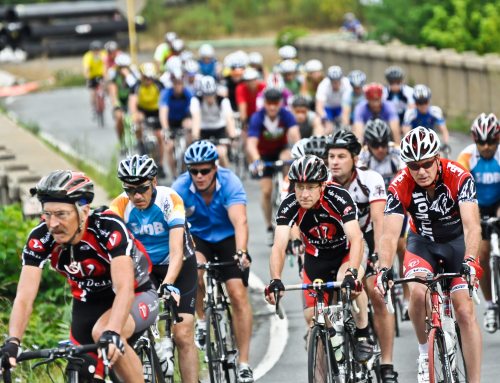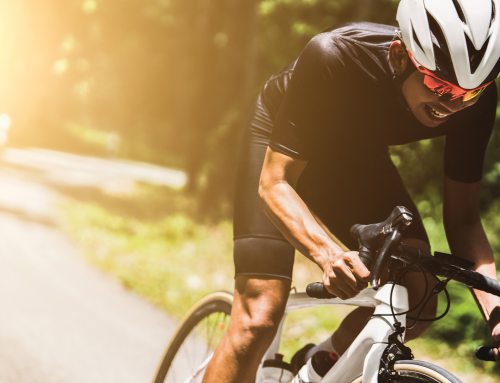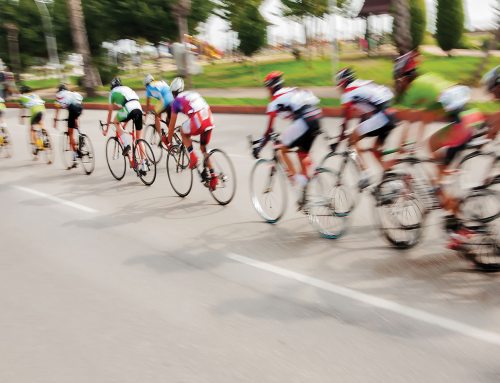By Justin Loss
Imagine this; you are out on the road riding with a group of friends riding towards the hardest climb on your route, if you ever ride south of Chapel Hill visions of Lystra might be coming to mind. Just as you start the ascent the unthinkable happens, you get dropped! Then you start asking yourself what happened? You have invested countless hours in the saddle on long rides, doing power intervals, hill repeats, etc. While all those things help improve you as a rider, maybe it just isn’t enough. What else can you do? Perhaps you need to spend time off the bike building the raw materials you will later refine through riding, turning yourself into a lean mean cycling machine.
While Lance Armstrong’s name has become a four letter word in the cycling community, performance enhanced or not, no one can deny his fierceness on the bike. One may or may not have realized this, but he trained as hard, if not harder, off the bike as he did on it. I remember watching a program about Lance, part of which showed his strength-training program. It was insane; it looked like he was training for the CrossFit Games not the Tour de France. If you really think about it, it makes sense. You would want to get on the bike knowing you are as strong as possible, right? Because the stronger you are the more power you can transfer to the pedals. But we aren’t just talking about legs here. A cyclist can’t neglect core and upper-body strength. Strength in these areas helps ensure energy is not wasted elsewhere and it all goes to the pedals.
In general, strengthening exercises should be performed for 4-6 sets. Where each set includes 6-8 repetitions of the exercise. It is important to note, the resistance/difficulty level for the exercise should be such where you feel like you can’t do many more than the rep count. Many times this lower rep count is counter-intuitive for endurance athletes because they feel more reps help build endurance. However, I believe endurance is built on the bike. Even if you do sets of 50 reps for an exercise like squats, it does not compare to the average cadence maintained through power intervals or regular riding. Remember the goal here is to build raw materials.
While you need to spend a lot of time in the saddle to condition your body to the rigors of riding, it is important to develop the raw materials first. Often the off-season is an ideal time to make strength gains that will pay dividends during the riding season in the way of performance gains and injury prevention. However, you can begin working on strength at any point. The 6 main body parts every cyclist should work to build strength are the gluteals, hamstrings, quadriceps, hip flexors, core, and shoulder. Bridges (double and single leg), Swiss ball hamstring curls (double and single leg), single leg squats, step-ups with opposite knee raise, and plank (core and shoulder) are great body weight exercises to target these respective muscle. While eventually body weight exercise will not provided enough resistance they are a great starting point.
So I argue, if you are having trouble making gains on the bike, then off the bike is where you need to work. Now, get off the bike and go build those raw materials so you can become “The King Of the Mountain!”
# # #
Justin Loss is a physical therapist with ATI Physical Therapy in Chapel Hill, NC. He treats endurance athletes with a focus on lower extremity injuries. Justin has presented research nationally on patellofemoral pain in runners and is a graduate of East Carolina’s physical therapy program. He self-proclaims to be the “most active lazy person there is” because of an addiction to both TV and endurance sports. Most weekends you can find him and his fiancé Carli, training, racing, or on the couch binge watching Netflix.






